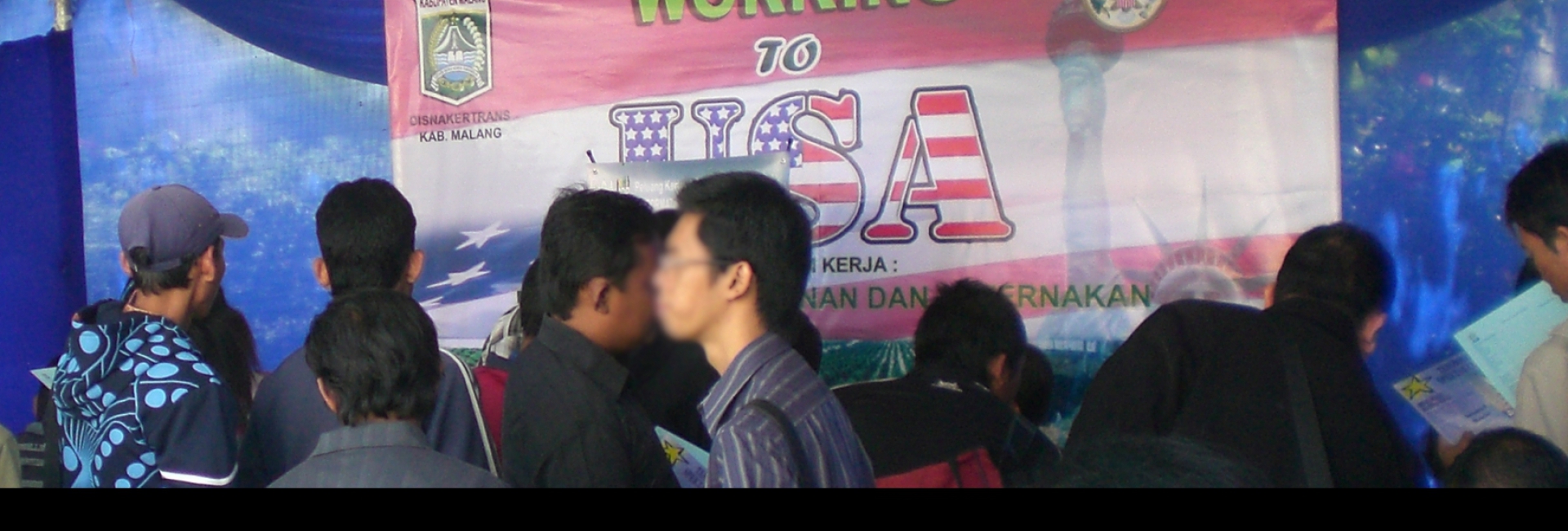Indonesia has experienced several economic slowdowns and crises leading to mass layoffs, the most recent being in 2014–2015 in which 26,000 people were dismissed from their jobs. Despite the existence of employment social security and health insurance programs, Indonesia still does not have an insurance scheme protecting the unemployed against poverty and assisting them before reemployment. Thus, this study aims to map out suitable unemployment insurance schemes to be implemented in Indonesia by comparing the strengths and weaknesses of existing insurance schemes based on theories and experiences of various countries. Results of the review are presented in recommendations of feasible short-term and long-term schemes. This study suggests that in the short run, Indonesia can start with the unemployment insurance savings account (UISA) scheme, which covers the permanent and temporary workers in the formal sector, and lowers the severance pay. Both employers and employees should contribute to the savings account. In the long run, the savings account should be combined with a government-funded unemployment assistance scheme. After a comprehensive labor database is ready, informal workers should also be included in the scheme. Apart from the main recommendations, in relation to tackling unemployment, this study also proposes creating employment service centers to provide training, vacancy information, and counseling for the unemployed as well as designing a system to monitor job search and participation in training activities.



